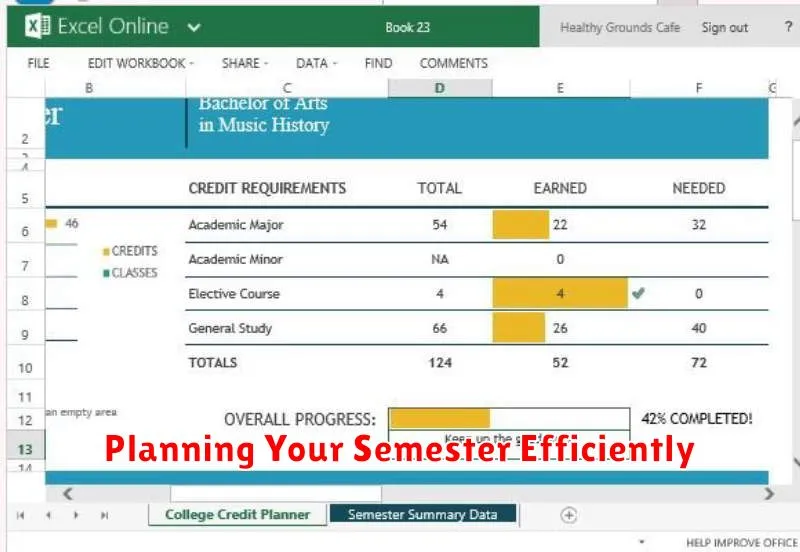Navigating the US college credit system can be daunting for prospective students, especially those unfamiliar with its intricacies. Understanding college credits is crucial for planning your academic journey, estimating graduation timelines, and managing tuition costs. This article provides a comprehensive overview of the US college credit system, explaining how credits are earned, calculated, and transferred. We’ll delve into the significance of credit hours, the difference between semester credits and quarter credits, and the role they play in achieving your degree requirements.
Whether you are a high school student exploring college options, a transfer student seeking to maximize your existing college credits, or an international student navigating the complexities of the US higher education system, this guide is designed to equip you with the essential knowledge. We will cover topics such as Advanced Placement (AP) credits, International Baccalaureate (IB) credits, and dual enrollment, empowering you to make informed decisions about your academic path and efficiently navigate the US college credit system.
What Are College Credits?
College credits are the building blocks of a college education. They represent the quantified value of a completed course of study. Earning enough credits is a requirement for graduation.
Each course is assigned a specific number of credits, typically reflecting the number of hours spent in class each week during a semester. For example, a course that meets for three hours a week over a standard semester might be worth three credits.
Colleges use credits to measure a student’s academic progress. Accumulating the necessary credits demonstrates that a student has successfully completed the required coursework in their chosen field of study.
How Credits Affect Graduation Requirements

Credits are the building blocks of a college degree. Each course you take is assigned a specific credit value, typically reflecting the number of hours spent in class per week. These credits accumulate as you progress through your degree program.
Colleges and universities establish a minimum credit requirement for graduation. This requirement varies depending on the institution and the specific degree sought (e.g., Bachelor of Arts, Bachelor of Science). Typically, a bachelor’s degree requires around 120 credits.
Meeting the credit requirement is essential for graduation. Simply passing your courses isn’t enough; you must also accumulate the necessary number of credits. Understanding the credit system and planning your coursework accordingly is crucial for timely graduation.
Transferring Credits Between Institutions
Transferring credits between US colleges and universities can be a complex process. The receiving institution ultimately determines which credits, if any, will be accepted. Several factors influence transferability.
Accreditation plays a vital role. Credits earned from regionally accredited institutions are generally more widely accepted than those from nationally accredited ones. However, even between regionally accredited institutions, transfer policies vary.
The course content must be substantially similar to courses offered at the receiving institution. A course in “Introduction to Psychology” at one college may not fulfill the same requirement at another if the curriculum differs significantly.
The grade earned in the course may also be a factor. Some institutions may require a minimum grade of “C” or better for a credit to transfer.
It is crucial to contact the receiving institution’s admissions or registrar’s office early in the transfer process. They can provide specific information about their transfer policies and determine which credits are likely to be accepted.
Planning Your Semester Efficiently

Efficient semester planning is crucial for success in the US college credit system. Understanding your credit load and course requirements will help you stay on track for graduation.
Begin by carefully reviewing your degree requirements and identifying the required courses for your major. Consider pre-requisites and plan your courses accordingly. Some courses are only offered during specific semesters, so advance planning is essential.
Course selection should also take into account your personal learning style and schedule. Balance more challenging courses with lighter ones to maintain a manageable workload. Utilize your college’s academic advising resources for guidance and support during the planning process.
Creating a semester schedule, either digitally or physically, can help visualize your weekly commitments. Allocate sufficient time for attending classes, completing assignments, studying, and engaging in extracurricular activities. Be realistic about your capacity and avoid overloading your schedule.
Tips for Staying on Track
Staying on track with your college credits is crucial for graduating on time and maximizing your educational investment. Here are a few key strategies to help you stay organized and focused:
Plan Your Courses Strategically
Map out your degree requirements early. Use your college’s academic advising resources to create a multi-year course plan. This will help you visualize your progress and ensure you are taking the necessary prerequisites for upper-level courses. Consider summer courses to lighten your load during the regular academic year or to catch up if needed.
Monitor Your Progress Regularly
Regularly check your academic transcript to ensure you are earning the credits you need and that your grades are meeting your goals. Meet with your academic advisor at least once a semester to discuss your progress and make any necessary adjustments to your course plan.
Balance Course Load
Be realistic about how many credits you can handle each semester. While taking a heavy course load can be tempting, it’s important to find a balance that allows you to succeed academically without feeling overwhelmed.

